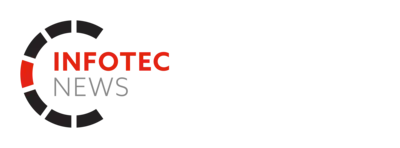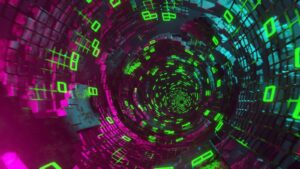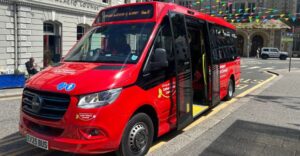Elon Musk is disbanding the entire Supercharger team at his iconic electric vehicle company amid falling sales and profits, leaving customers and partner manufacturers in the dark.
On Monday 29th April, the billionaire businessman announced that head of the charging department, Rebecca Tinucci, and head of new products, Daniel Ho, would be leaving the company. All staff working for them would also be made redundant.
In total, this accounts for around 500 job losses, the latest round of cuts to hit the beleaguered automotive manufacturer, which has been hit hard by reports of reliability and maintenance issues, and a wealth of new, often cheaper models from rival companies hitting an increasingly busy EV market.
The job losses are particularly bad news for an already struggling EV charge point network. Tesla’s Supercharger infrastructure is one of the world’s most expansive and widely available, and its technology has significantly better uptime than competitors. The connector, known as the North American Charging Standard [NACS], was in the process of being adopted by every major car brand in North America, with General Motors [GM] and Ford both signing up, among others. This would also mean Tesla was eligible for federal state subsidies to expand provision.
‘We have nothing new to announce regarding our plans,’ GM said in a statement. ‘We are continuing to monitor the situation regarding changes to the Supercharger team and the potential impacts with no further comments or updates at this time.’
‘As contractors for the Supercharger network, my team woke up to a sharp kick in the pants this morning,’ said Andres Pinter, co-CEO of Bullet EV Charging Solutions. Tesla has already been awarded money under the federal government’s NEVI program… There’s no way Mr. Musk would walk away from effectively free money. It may be possible Mr. Musk will reconstitute the EV charger team.’
Other have suggested that Musk’s decision is based on the North American adoption of the NACS standard, which could now be divested or streamlined without fear of losing market dominance. A sale of the technology is also possible, and this could bring in huge amounts of revenue due to weak competition in this area and the locations Tesla has secured for its charge points.
Although it’s not clear exactly what the long-term impact of this news will be, EV charge points have long been a flash point in the transition to low and zero emission vehicles. A report by digital mapping company Here from 2023 suggested 1million additional charge points would be needed in the US by 2030 to meet projected demand, with just 150,000 online by January last year. Only 1/4 of those were Level 3 fast chargers. Meanwhile, in March our sister publication Environment Journal reported that no UK local authority had managed to rollout its EV charge point plan yet, and 34% currently had no plan in place.
More technology:

















Leave a Reply